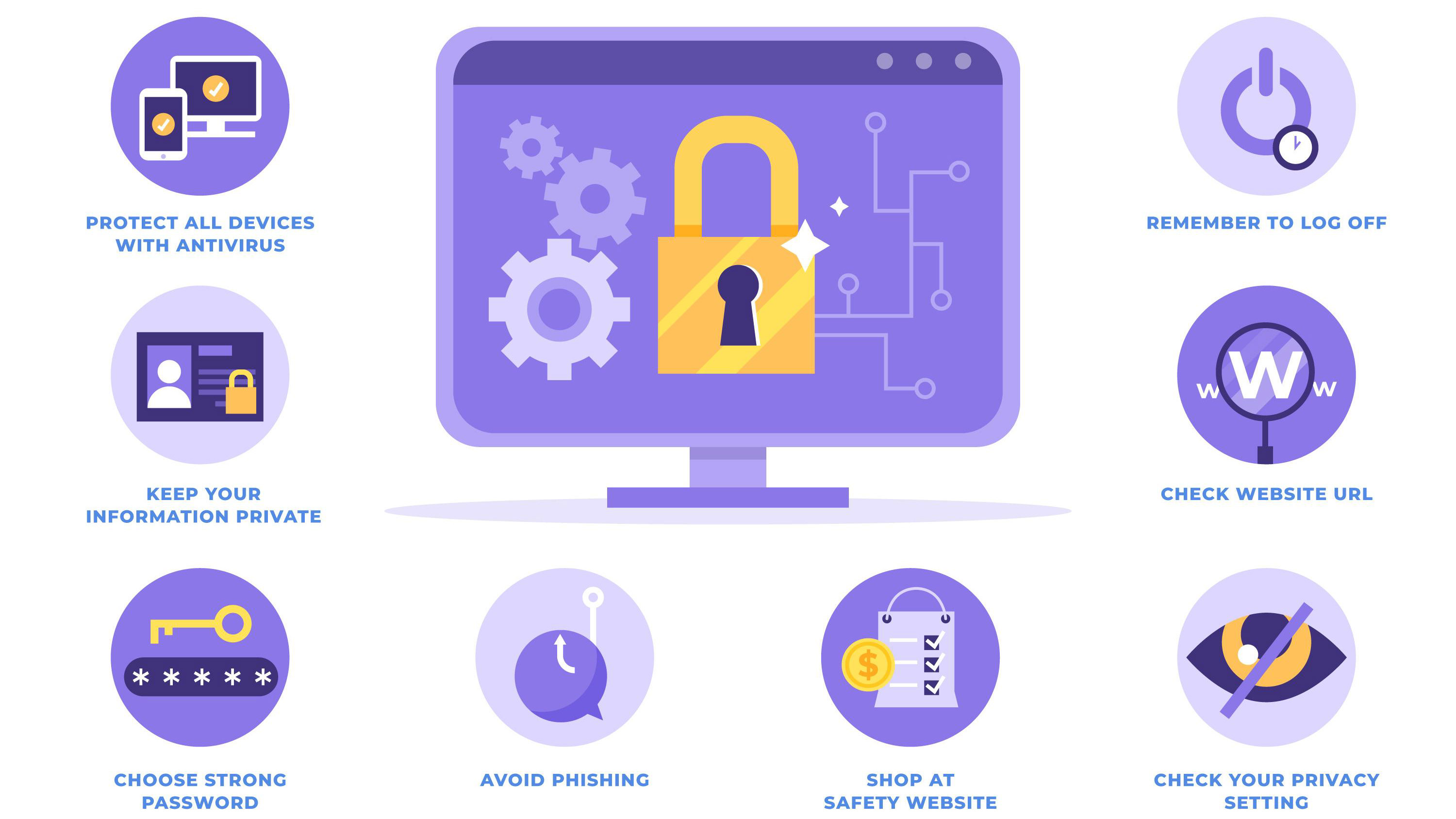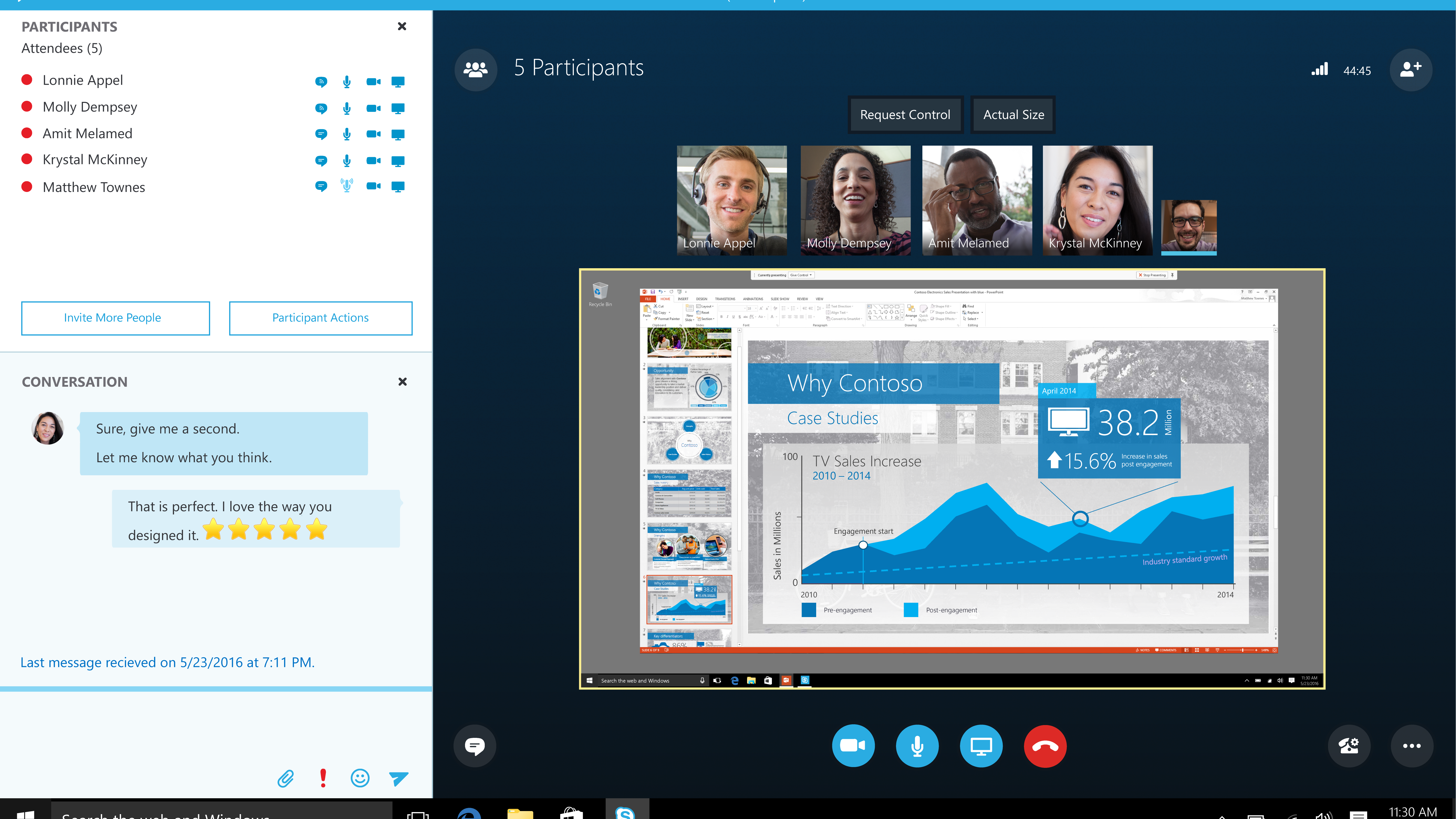

Each video conferencing meeting is hosted in a virtual meeting room, which acts as the online space where participants gather to interact in real time. Here's a brief overview:
Virtual Meeting Room: It serves as the digital environment where participants join to conduct the meeting. This room typically includes features for video and audio communication, screen sharing, chat, and other collaboration tools.
Security Features: Meeting rooms can be password-protected to ensure only authorized participants can join. This security measure helps prevent unauthorized access and ensures the confidentiality of discussions and shared content.
Access Control: Hosts or organizers of the meeting can manage access permissions, such as granting entry to specific individuals or groups while restricting access to others. This control ensures that the meeting remains secure and focused on its intended participants.
Customizable Settings: Depending on the video conferencing platform, hosts may have options to customize meeting room settings. This includes setting up waiting rooms for participants to join before being admitted, controlling participant permissions (e.g., muting capabilities), and configuring other security or meeting preferences.
In summary, virtual meeting rooms provide a secure and controlled online space where participants can engage in video conferencing meetings effectively, supported by features that enhance collaboration and ensure the privacy of discussions and shared information.









